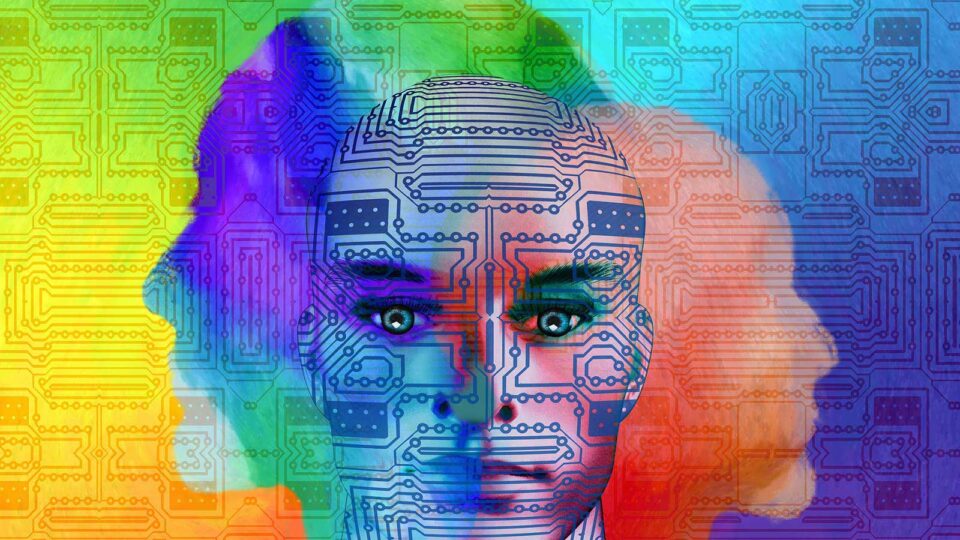WiMi Hologram Cloud a leading global Hologram Augmented Reality (“AR”) Technology provider announced that edge detection algorithm based on deep learning and image fusion is being researched to improve the accuracy and efficiency of edge detection through multi-scale analysis and feature extraction of images, and to improve the edge detection and its accuracy.
Recommended: We Need to Think Differently – Your Hybrid Connectivity Isn’t Really Hybrid
This is an algorithm utilizing deep learning techniques and image fusion methods for edge detection. Specifically, the algorithm uses a convolutional neural network to perform feature extraction on the original image and abstracts the image information into higher-level semantic features through multi-layer convolution and pooling operations. These features are then utilized for edge detection to improve the accuracy of edge detection. After completing the initial edge detection, the algorithm will also use image fusion methods to further optimize the edge detection results. Multiple edge detection results are synthesized to obtain more accurate edge information. Each pixel is labeled according to the different edge detection results, and the final edge location is determined based on the labeling of the pixel.
The process of the edge detection algorithm mainly includes the following steps: firstly, the image needs to be analyzed at multiple dimensions, and divided into multiple dimensions, each of which contains edge information of different sizes and shapes. This can help the algorithm to better capture the edge information in the image and improve the detection accuracy. For each dimension, features need to be extracted from the image. WiMi uses a deep convolutional neural network (CNN) as a feature extractor, which inputs the image into the network and extracts the image features through multiple convolutional and pooling layers, which can help the algorithm to better identify the edge information in the image and filter out some irrelevant information. By fusing image features of different dimensions, more comprehensive and accurate edge information can be obtained. Image fusion technique is used to fuse feature images of different scales by some weighting coefficients and use convolution operation for edge detection, which can better capture the edge information and improve the detection accuracy and efficiency.
Latest ITechnology News: Japan-based Construction Tech Company Log Build Chooses Vonage To Enhance Customer Experience
WiMi’s edge detection algorithm based on deep learning and image fusion has various technical features such as a deep learning model, image fusion technology, adaptive learning, high efficiency and parallel computing, which make the algorithm of high research value and practical significance in the field of edge detection. It utilizes a deep learning model for feature extraction, and abstracts the information in the original image into higher-level semantic features through multi-layer CNN, making edge detection more accurate. At the same time, it improves the accuracy of edge detection by combining the results of multiple edge detection results, and optimizes the results using image fusion technology to improve the robustness of edge detection. In addition, it adopts an adaptive learning method, which can adjust the parameters according to different scenes and data sets to further improve the effect of the algorithm. And it can effectively deal with large-scale image data, and at the same time, it has a faster speed to meet real-time requirements, and it adopts parallel computing methods to make full use of computer hardware resources to improve the efficiency and performance of the algorithm.
The algorithm is widely used in the field of computer vision due to its high accuracy and robustness, for example, for object recognition, video analysis, image segmentation, automatic driving, medical image processing and so on. In the future, WiMi will continue to explore innovative applications based on deep learning and image processing technologies to further improve the accuracy, efficiency and applicability of edge detection algorithm, and to promote the change of image processing technologies.
Latest ITechnology News: Teradek To Integrate With Sony’s Ci, Allowing Filmmakers And Broadcasters To Accelerate Secure Camera-to-Cloud Workflow
[To share your insights with us, please write to sghosh@martechseries.com]


